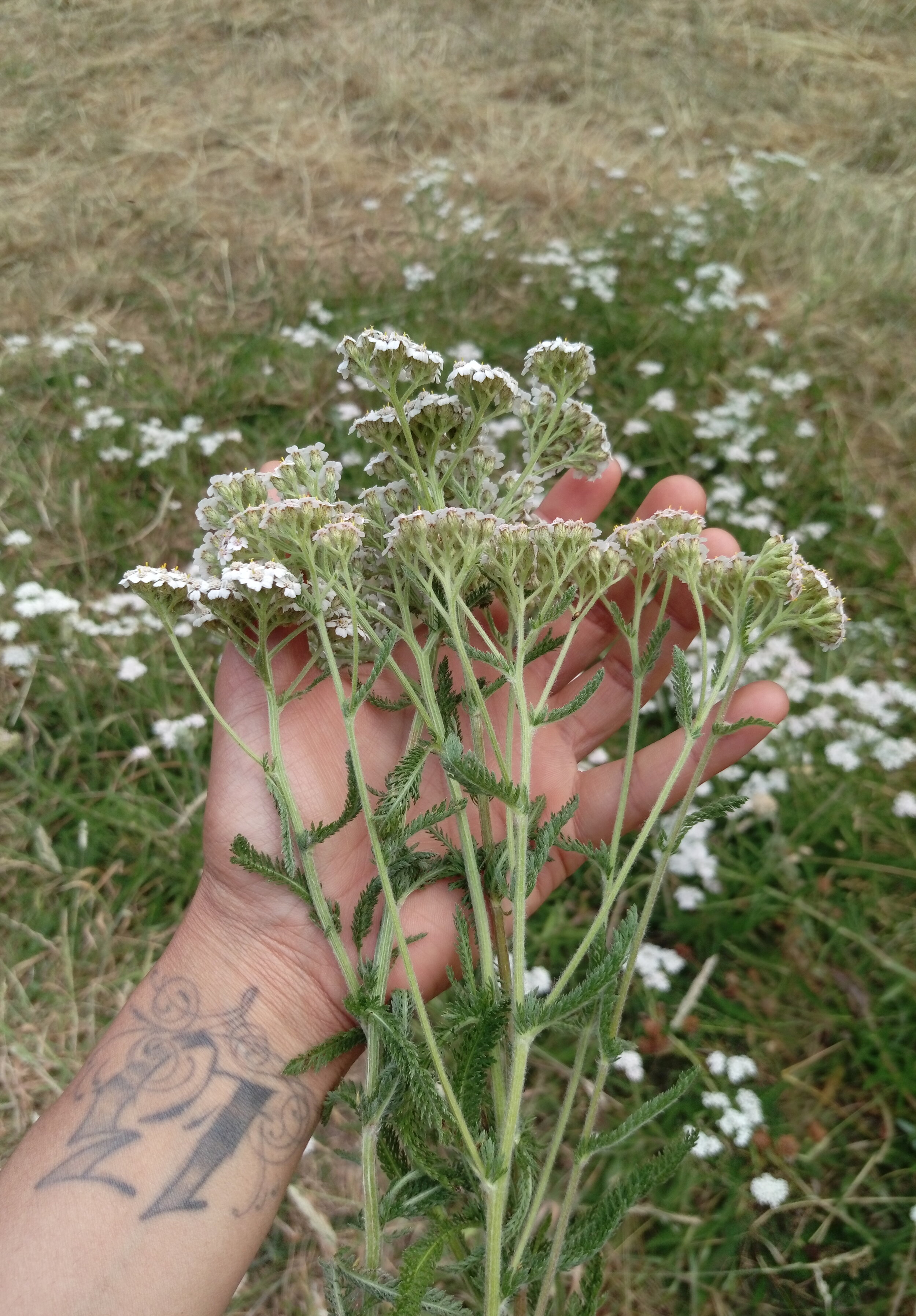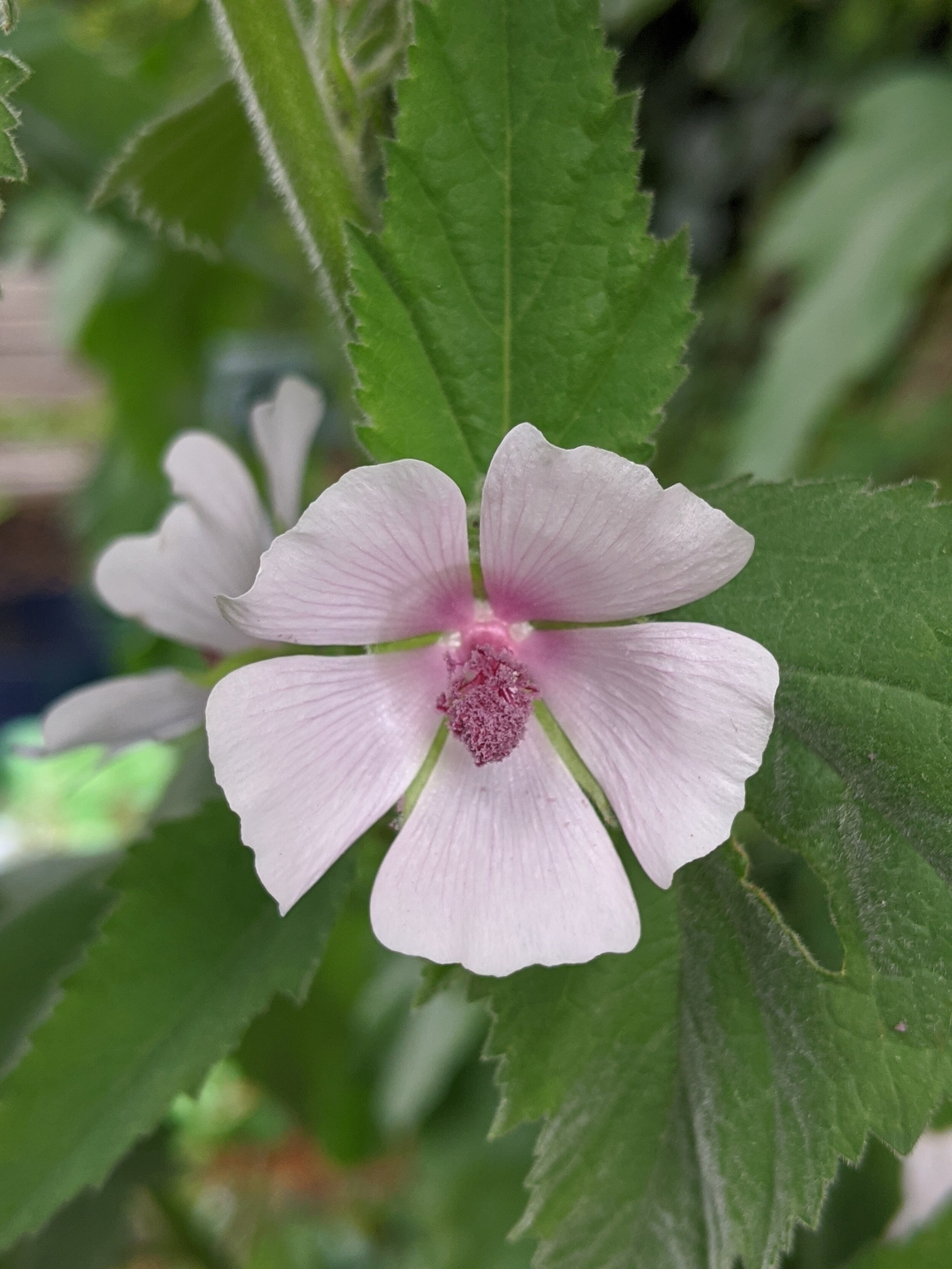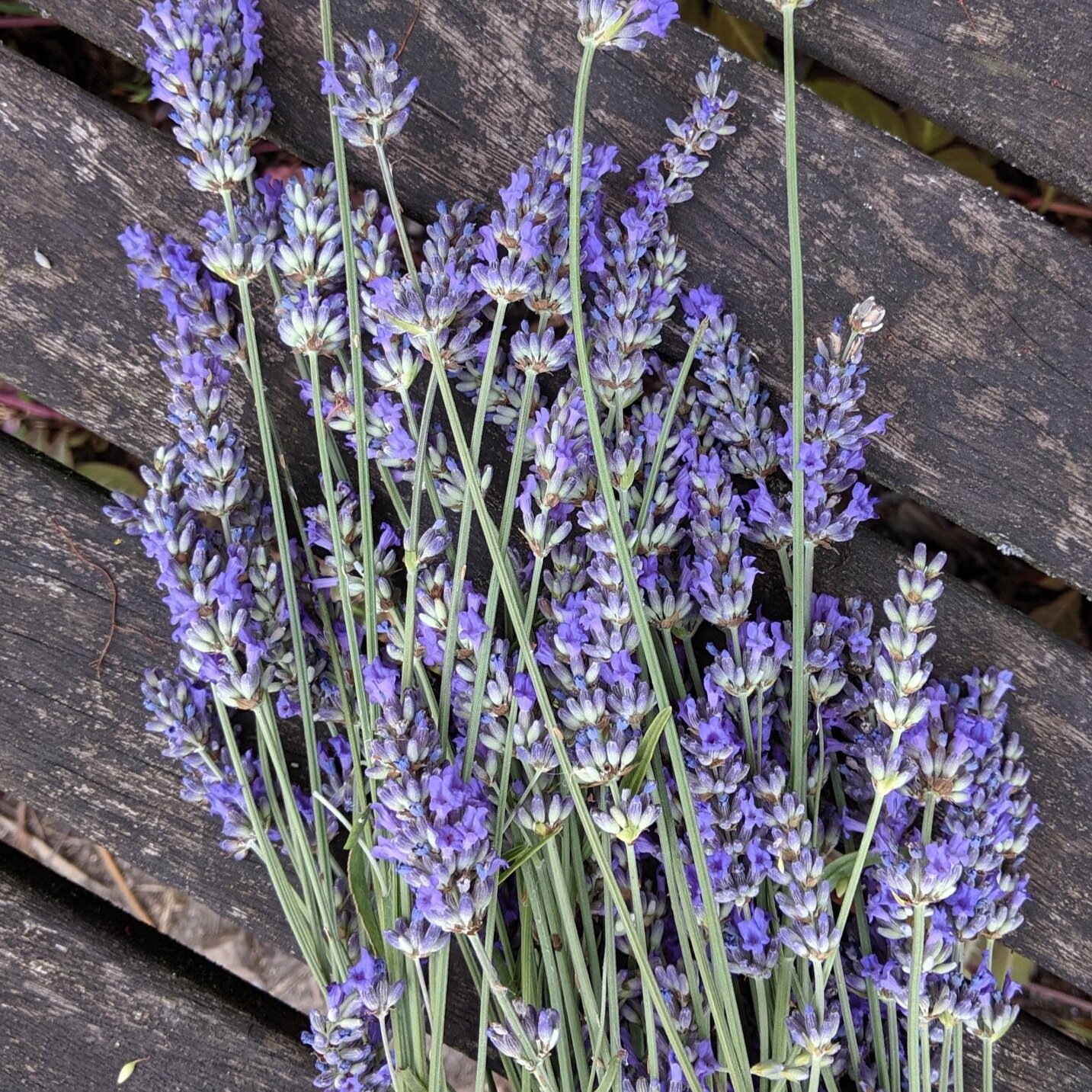Herbs Throughout the Year // July
/The height of summer is here and with it comes an abundance of herbs from both cultivated plots or gardens and the wild spaces that surround us.
HARVEST
This is the peak of the harvesting season, with intense new growth all around.
Carry on harvesting leaves like mint, oregano, rosemary, thyme, savoury, basil, parsley, coriander, fennel and bay, and flowers like calendula, chamomile, st. john's wort and lavender. Marshmallow has started flowering, so now is the perfect time to harvest the flowers and young leaves. Borage is also in full bloom! Add the flowers to salads, decorate cakes, or use them to make the prettiest ice cubes ever.
Lemon balm's aromatic properties are a lot less noticeable once it starts flowering. Depending on how hard you have been harvesting from your plant, it might have already flowered or will start flowering anytime now. Once it starts, stop harvesting and let it do its thing. The wildlife around you will be grateful.
This is also a time of abundance in the wild: mallow continues to flower, and some of our summer favourites have come into season, including yarrow, mugwort and meadowsweet. Nettle seeds will soon be ripe and ready for picking too. Eat them fresh as a nutritious snack, add them to food, or dry for later use.
MAKE
Incorporate as many fresh herbs as possible into your food. Make herbal drinks like cordials, ice teas, or even herbal ice lollies. If you have plenty to harvest from, keep some for later in the year. Drying is a simple way to preserve herbs, that then can be used in teas, in cooking, or in the making of other herbal preparations.
A great idea we will try this summer is nettle seed salt: harvest the seeds as soon as they look ripe, lay them on a piece of fabric or tissue paper and place in an airy cupboard to dry for a couple of days, mix the seeds with an equal amount of sea salt, and voila, you've got an extremely nutritious addition to table salt. If you prefer fine salt, just put the mix in a blender and pulse a few times to break it down to a finer texture.
IN THE GARDEN
Trim established perennial plants like lovage and sage after they have flowered. Pruning plants after flowering helps to maintain an attractive shape and encourages lots of new growth.
Keep an eye out for any signs of disease or pest damage. It is much easier to help your plants recover when these things are noticed early on. A couple of potential troublemakers to watch out for are aphids on a variety of plants; celery leaf miner on parsley, celery and lovage; and rosemary beetles on rosemary, lavender and sage.
Watering is very important in the summer: not only does the soil dry out quicker, but the plants also require extra moisture to sustain all new growth they have been putting on. Without enough water, plants get stressed and therefore more prone to bolting, diseases and pest attacks, so make sure to keep your plants hydrated. This is even more important when it comes to plants in pots or containers, that can dry out in a matter of hours on a sunny summer day. An easy way to ensure your potted plants have access to enough water to keep them going is to place them in a dish or tray filled with water, so they soak it up from below.
SOW
There is still time to sow annual herbs now and enjoy them this season. Go for fast growing plants like basil, dill, coriander, nasturtium and borage, and you should have a nice harvesting window before the first frost hits in autumn.
Now it is also a great time to sow hardy biennials like parsley and chervil. Direct sow in a sheltered spot to get a supply of fresh leaves during the winter months.
If you would like to learn more about growing and making use of herbs join us at one of our upcoming online workshops.


























